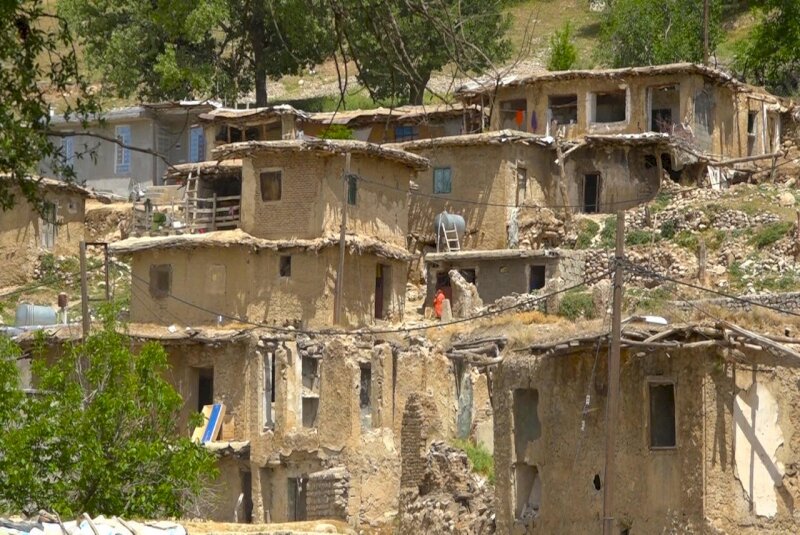Stepped village in southwest Iran undergoes restoration

TEHRAN – The quake-stricken village of Kareyak in southwestern Iran has undergone some rehabilitation works. The village is situated in Sisakht county of Kohgiluyeh and Boyer-Ahmad province.
A number of historical houses have undergone restoration as part of the project, which is being carried out in collaboration with the private sector under the supervision of the cultural heritage experts, the provincial tourism chief said on Tuesday.
A budget of one billion rials (almost $24,000 at the official exchange rate of 42,000 rials per dollar) has been allocated to the project, Majid Safai added.
Following full restoration, some of the houses are planned to become eco-lodges in order to attract more tourists to the area, he explained.
“One of the most important priorities for tourism development in this village is attracting more credit to preserve the old texture of the village and support investors in boosting eco-tourism,” he mentioned.
He also noted that the mudbrick houses will be restored to their closest original states using their traditional architectural plans.
Back in May, the official announced that the province’s Cultural Heritage, Tourism, and Handicrafts Department is preparing a dossier to register the village on the national heritage list.
Some of the village’s houses were damaged in a magnitude 5.6 earthquake that struck Sisakht and surrounding areas in February.
The quake was felt in several cities and villages around the epicenter.
According to officials, some 2,000 houses in Sisakht and 38 neighboring villages were damaged by the incident and around 60 people were injured.
Kohgiluyeh and Boyer-Ahmad is best known for being home to a variety of nomadic tribes. Sightseers may live with a nomadic or rural family for a while or enjoy an independent stay and assist them with day-to-day life. It also opens up an opportunity to feel rustic routines, their agriculture, traditions, arts, and culture.
Iran, home to several stepped villages
Iran is home to several magnificent stepped villages, of which the most popular ones are Masouleh, Uraman, and Kang, which could be included on the World Heritage list.
Roughly a millennium old, Masouleh is one of the most famous villages in Iran, and hence one of its most touristic ones.
Also known as the historical city of Masouleh, it features the earth-colored houses that are stacked photogenically on top of one another like giant Lego blocks, clinging to a mountainside so steep that the roof of one house forms the pathway for the next.
The existence of numerous graveyards inner and outside of the city proves its old texture. The storied and terracing plan of the city is parallel to the mountain slope.
Kang in the northeastern province of Khorasan Razavi, which has been recently inscribed on the national heritage list, with an antiquity of more than 3,000 years, is situated at a distance of some 30 km from Mashhad, the provincial capital.
The village, located on the highlands of Mount Binalud, is also adjacent to Nishabur, known for its turquoise handicrafts and mines.
Uramanat in the west of the country is also another stepped village, which is considered a cradle of Kurdish art and culture from the days of yore.
Stretched on a steep slope in Uraman Takht rural district of Sarvabad County, the village is home to dense and step-like rows of houses in a way that the roof of each house forms the yard of the upper one, a feature that adds to its charm and attractiveness.
Earlier in July, UNESCO added the Uramanat cultural landscape to its list of world heritage sites.
ABU/AFM
